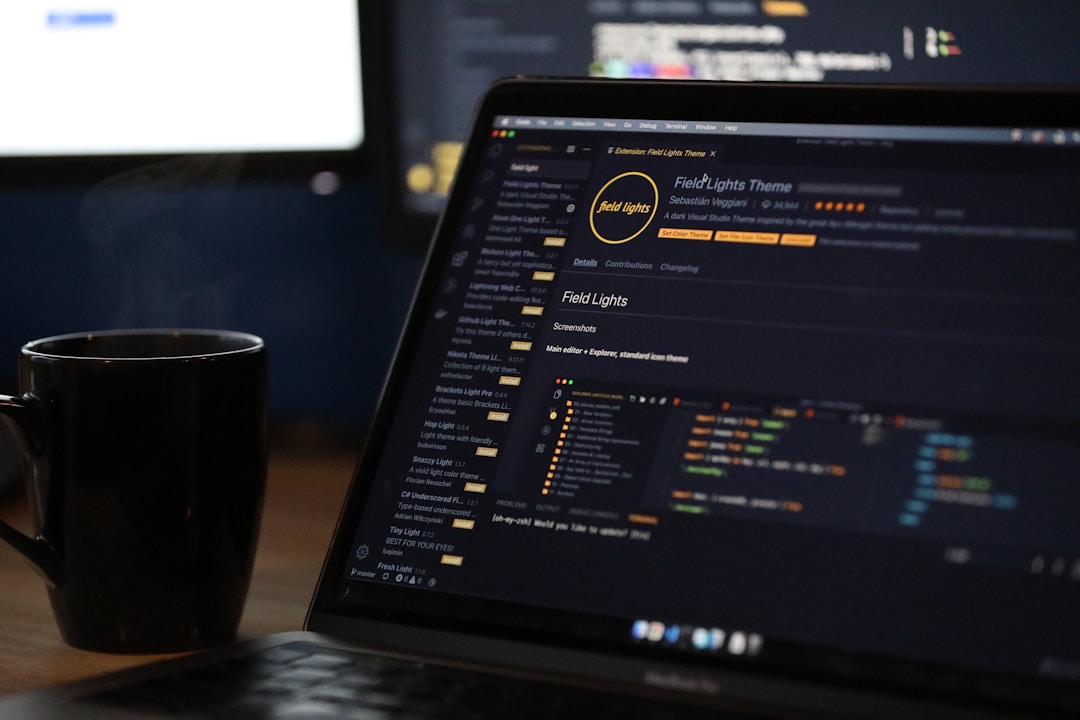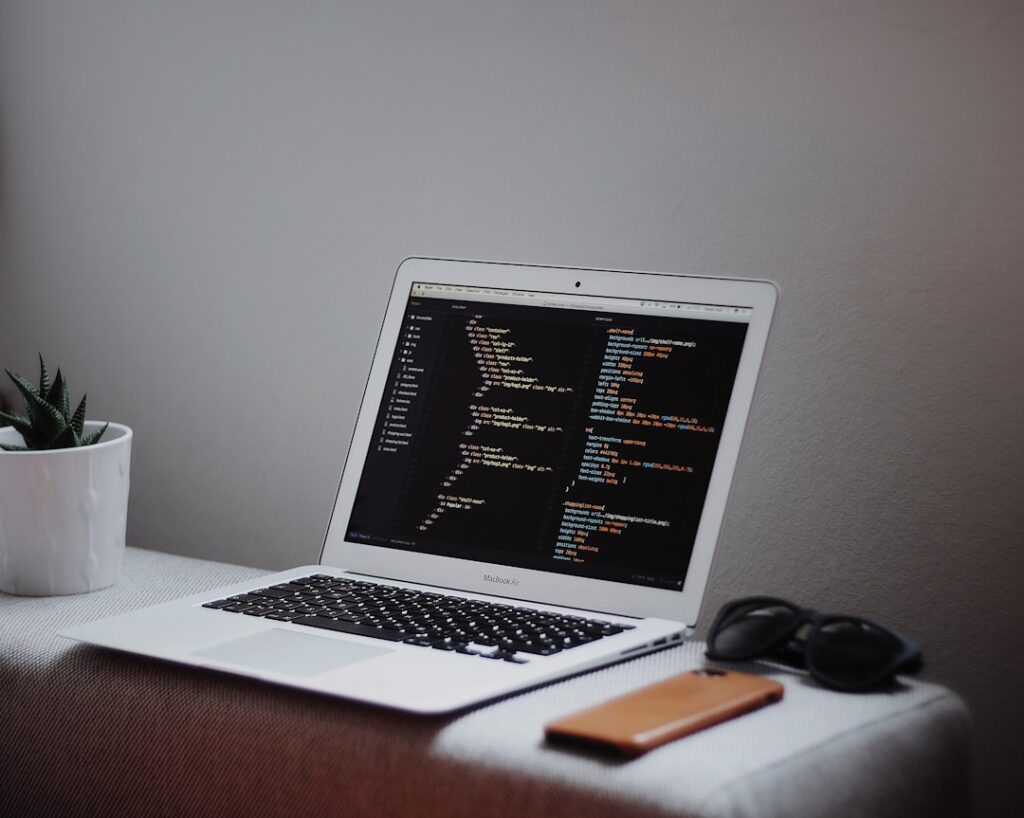Developers require a meticulously crafted software development environment to produce their finest work; an arena where tools align seamlessly with the complex nature of code creation. The ideal setup goes beyond the installation of state-of-the-art software, extending into the subtleties of workflow optimization and stringent code standards. A properly structured ecosystem not only fosters productivity but also instills a sense of confidence among the development team. Keep reading to unveil the pivotal steps that can transform a basic workspace into a haven of software innovation where productivity and collaboration thrive.
Optimizing Your Development Tools and Workflows
An efficient software development environment hinges on the careful selection and configuration of development tools. Developers must choose software that meshes with their project requirements and personal proficiency. Tailoring these tools to streamline daily tasks stands as the bedrock of productivity.
Meticulous attention to workflow design reduces friction and boosts efficiency for teams. Automating repetitive tasks where possible frees up valuable time, allowing focus on creative problem-solving and advanced feature development. Each improvement serves as a collective stride toward optimizing project workflow.
Ensuring the compatibility of tools across the team’s ecosystem minimizes disruptions. Uniform development platforms and coding standards facilitate smoother collaboration and code integration. This uniformity strengthens the team’s capability to produce consistent and reliable outputs.
Regular evaluations of tool effectiveness foster an environment of continuous improvement. Teams that can adapt and replace outdated tools with superior alternatives prevent stagnation and keep pace with technological advancements. Such adaptability contributes to the sustainability and longevity of the development lifecycle.
Establishing a Consistent Coding Standard and Version Control

A consistent coding standard is the scaffolding that supports quality control in programming. It heightens readability and allows developers to seamlessly integrate work, fostering a collective sense of clarity and purpose.
Unified coding practices mitigate the complexities that typically arise from disparate coding styles, fostering an atmosphere where troubleshooting and peer reviews are much less of an ordeal. Through clear guidelines, teams maintain a coherent codebase, even in the hands of multiple contributors.
Version control systems serve as the backbone for managing changes to documents, programs, and other information collections. These systems track modifications, enabling developers to compare versions, restore previous states of the code, and effectively collaborate on projects without the risk of overwriting work.
Integrating a robust version control framework is non-negotiable for teams aiming to safeguard their project development and deployment processes. This integration preserves the integrity of the development cycle and optimizes overall team productivity.
Creating a Distraction-Free and Collaborative Workspace
Developers thrive in spaces that minimize interruptions and foster concentration. A thoughtfully designed workspace aligns with this goal by offering a calm environment that channels a developer’s focus toward problem-solving and coding.
Collaborative areas within the workspace encourage interaction and the exchange of ideas, which is vital for team synergy. These shared spaces should balance accessibility with the need for privacy, allowing team members to gather for discussion without impeding others’ focus.
Teams benefit from establishing clear communication protocols that define when and how to interrupt someone’s work. This ensures that necessary collaborative moments are productive and that individual tasks are approached with the necessary solitude for deep work.
Moreover, supplying developers with the latest technology and ergonomic furniture directly impacts their efficiency and well-being. A well-equipped workspace with comfortable seating and high-quality hardware empowers developers to produce their best work.
Overall, crafting a productive software development environment involves more than just selecting the right tools—it requires a thoughtful approach to workflows, coding standards, and workspace design. By focusing on these best practices, teams can enhance their productivity, collaboration, and overall success in software development.



